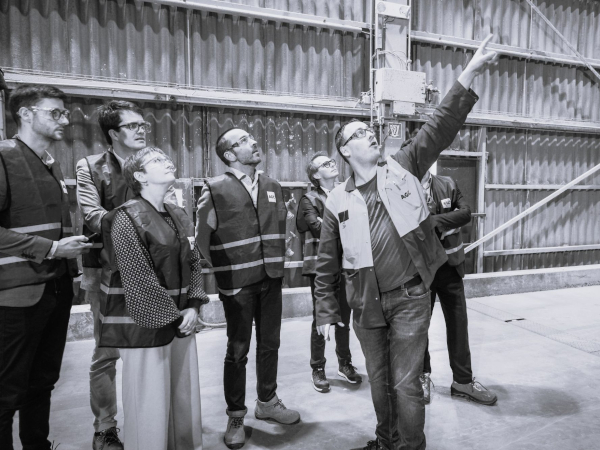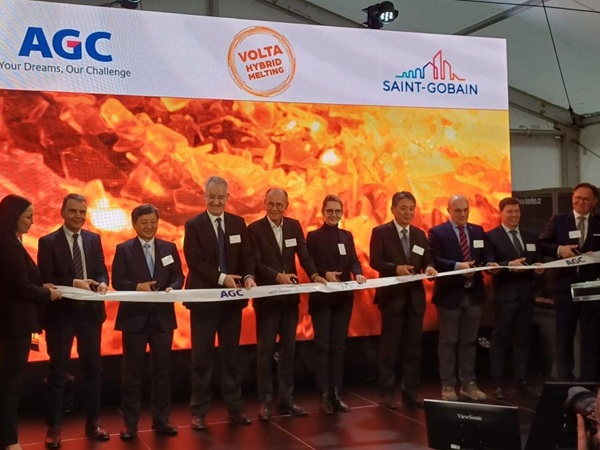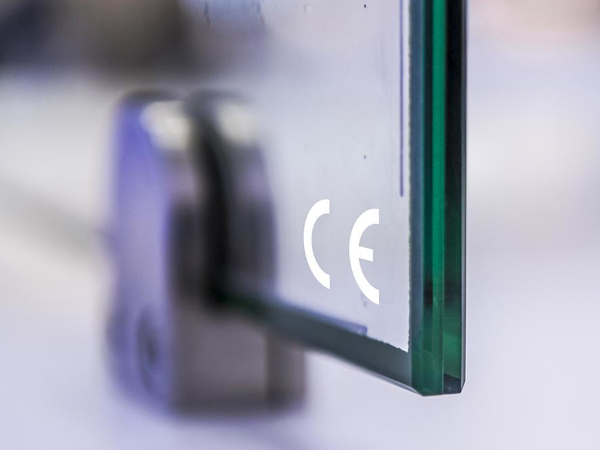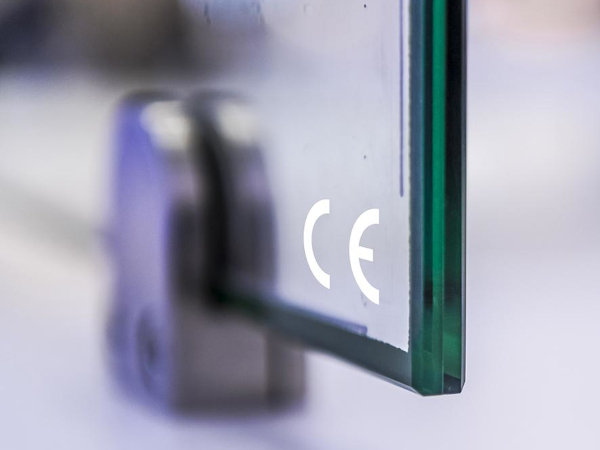Date: 27 September 2012
The range is available from July 2012. .jpg)
A high-performance coating
The new AGC range features clear float glass with a transparent pyrolytic coating(1). Applied to the outside of the glass, the coating keeps the glazing at a higher temperature, thereby delaying – and in certain conditions preventing – the formation of condensation.

Condensation - an unwelcome phenomenon
In both residential and commercial buildings, effective thermal insulation can cause condensation to form on the outer pane. Condensation occurs overnight or at dawn when outside temperatures are cool and the humidity level is high. The glazing becomes obscured, making it harder to see outside. What’s more, this phenomenon is set to increase: the more we insulate our interiors, the greater the problem of condensation will become…
One range, two products
The Planibel Low-e Anti-Fog range comprises two products:
- Planibel AF (G fasT) : glazing with an anti-condensation pyrolytic coating.
- Planibel AF TopN+ : double-coated glazing combining anti-condensation properties with thermal insulation.
Thanks to its numerous assembly options, in both double and triple glazing, Planibel Low-e Anti-Fog can meet even the toughest of requirements!
(1) A pyrolytic coating is a metal oxide-based coating applied to float glass on the glass production line at high temperature, when the glass leaves the furnace. The coating used in this case is Planibel Low-e G fasT low-emissivity coating.







Add new comment